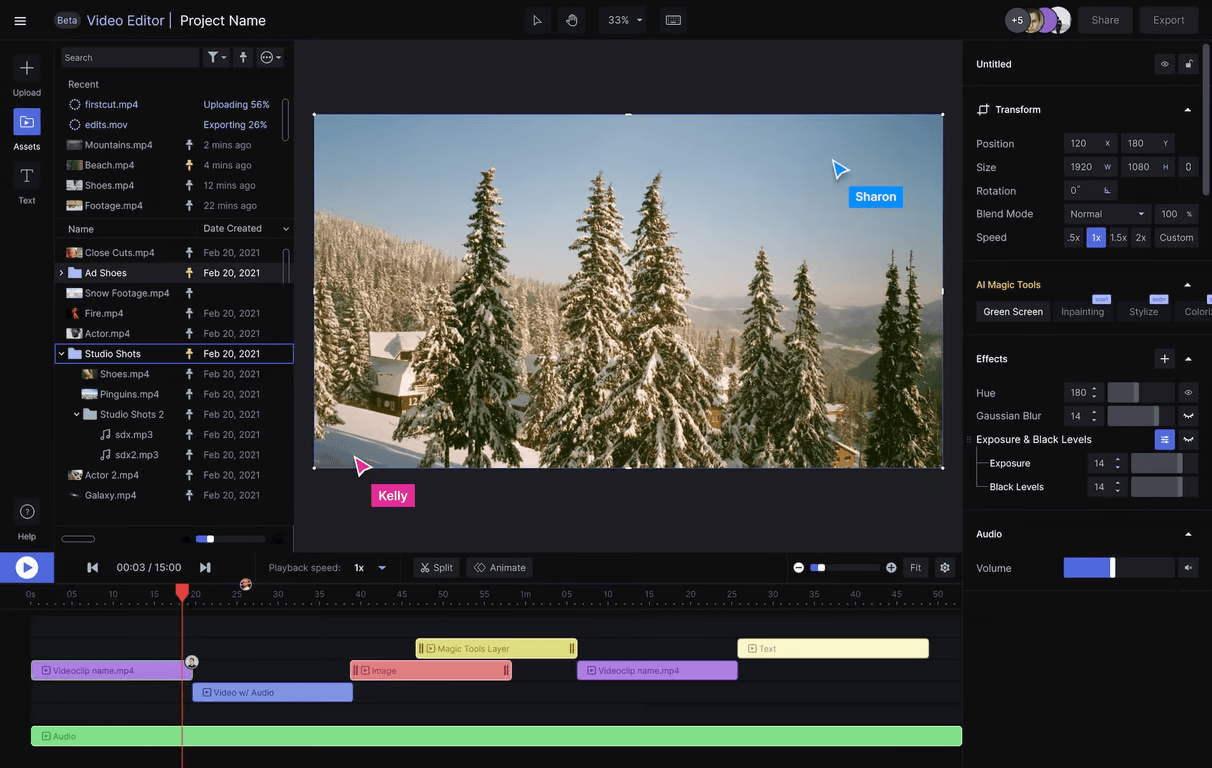“Launch it and Leave it” is not simply your job when you are running an enterprise Drupal site. As you do with a luxury car, you have to keep checking and fixing your Drupal site issues before it goes astray.
So, you have to figure out what all comes under proper Drupal support and maintenance.
Let’s make it simple with this enterprise-grade checklist to keep –
- Drupal site humming
- Users happy
- Digital trouble away

Tick Your Drupal Support and Maintenance Checklist
Enterprise websites are entire systems that do a lot:
- Handle traffic spikes
- Support transactions
- Deliver content
- Power digital experiences 24/7
But the catch here is that everyone does not work at their utmost level in the absence of active Drupal support and maintenance. The slow load times, broken modules, outdated security, or a sneaky bug can spoil it all.
So, how do you stay ahead of the curve? You will have to tick off these items regularly to ensure the following:
- Fewer emergencies
- Better performance
- Happier users
- And a stronger digital foundation
Ready to roll up your sleeves?
1. Security Updates (No Delays, No Excuses)
Security updates do matter a lot. Why? Because hackers don’t sleep. So, your patching strategy should not sleep, either.
What will you do?
- Apply Drupal core updates as soon as they drop.
- Watch out for contributed module patches because those community plugins are often the weakest link.
- Keep a calendar, or you can use an automated alert system to track release cycles.
- Always test updates on a staging environment first.
Pro tip: A delay of even 48 hours on critical patches could leave your entire system exposed. So, keep it tight.
2. SLA-Driven Incident Management
Remember one thing: crashes, bugs, or slowdowns can cost real money. Plus, if you have a global customer base, it can cost even more.
What to do?
- Set up an incident management system with defined categories (critical, major, minor).
- Assign response time SLAs for each category. (Example: critical = 2 hrs max.)
- Use a ticket-based system that tracks each issue from the first alert to the final resolution.
Pro tip: Make sure your team knows the difference between a “bug” and a “business-stopper.” Prioritise accordingly.
3. Backlog Isn’t Just Noise, You Have to Tame It
You must not ignore the backlogs. Your “to-fix-later” list might be secretly slowing down your site.
You can do the following to help the case:
- Review your backlog quarterly.
- Categorise items into technical debt, bugs, enhancements, and UX tweaks.
- Start clearing the deck with low-effort, high-impact fixes.
- Have a clear owner for backlog grooming because this is not a “when we have time” job.
Pro tip: Treat backlog like laundry. If you ignore it long enough, it becomes unmanageable.
4. Bug Fixing
Fixing bugs early on is way affordable and builds strong trust with users.
So, here you can:
- Maintain a bug-tracking dashboard that’s visible to both devs and business teams.
- Log even the tiniest UX glitch—small issues snowball into larger frustrations.
- Create a rhythm: weekly sprints for bug fixing (yes, even minor ones).
- Encourage users to report bugs through a simple form or feedback widget.
Pro tip: A website that “mostly works” still loses users. Aim for frictionless experiences.
5. Minor Enhancements Can Bring Major Wins
Enhancements matter, even if they are very small improvements. These help to keep your Drupal site feeling fresh and aligned with user expectations.
Here, you can:
- Add micro features like faster search, smarter filters, or personalised dashboards.
- Refresh your content blocks, banners, and call-to-actions.
- Improve accessibility and think about keyboard navigation, screen reader labels, etc.
- Monitor analytics for areas where users drop off and add enhancements there.
Pro tip: Don’t wait for a redesign project to improve UX. Small enhancements add up fast.
6. Performance Optimisation
Performance is a must and not merely optional. If your site takes more than 3 seconds to load, half your visitors are long gone.
So, you can do the following:
- Use tools like PageSpeed Insights, GTmetrix, or New Relic for baseline metrics.
- Optimise image delivery with modern formats like WebP.
- Enable Drupal caching and consider CDN integration for global delivery.
- Audit modules remove what is unused and replace what is bloated.
Pro tip: Performance is more than your site’s loading speed. The experience also counts. A faster site feels more premium every time.
7. Routine Audits Because Things Change
Time-to-time audits matter a lot. So, your codebase, content structure, and infrastructure need regular health checks.
Here, you can:
- Conduct quarterly code audits to check for deprecated functions or bloated modules.
- Run SEO audits to keep up with algorithm changes.
- Audit user roles and permissions—who has access to what, and why?
- Don’t forget analytics. Make sure tracking codes, goal funnels, and reports are intact.
Pro tip: Treat audits like medical checkups. Routine ones catch issues early.
8. Backup Strategy
It matters because one wrong deployment and poof, your site vanishes. So, you have to have a backup.
So, what you can do is:
- Automate daily backups of both code and database.
- Store backups on secure, off-site cloud storage.
- Regularly test your restore process (because a broken backup is no backup at all).
Pro tip: Set backup alerts so you know if something fails. Silence is not always golden.

9. Automation
You can incorporate automation. It matters because manual tasks have more room for human error (and burnout).
The best ways to incorporate it are as follows:
- Use CI/CD pipelines for faster, safer deployments.
- Automate testing with tools like Behat or PHPUnit.
- Automate patch checks and notifications with Drupal-specific services or cron jobs.
- Schedule downtime windows and alerts to keep stakeholders in the loop.
Pro tip: Every 10 minutes you automate is 10 minutes saved forever.
10. SLA Reports
If you are investing in Drupal support and maintenance, you need proof that it is working. So, you must track what you tackle.
You can do the following:
- Generate monthly SLA performance reports.
- Track response times, resolution rates, uptime, bug volume, and backlog churn.
- Review the reports in stakeholder meetings—transparency builds trust.
Pro tip: Use trends to forecast future needs (more traffic = more support resources).
Bonus: Quick Drupal Maintenance Wins
If you are looking for a fast track to Drupal stability, here’s what the right support partner brings to the table:
- Timely core and module security patches
- SLA-bound incident management
- Backlog clean-up and tech debt reduction
- Proactive bug fixing & minor feature updates
- Routine audits + backups for rock-solid stability
Enterprise-grade maintenance doesn’t need to be complex. Just consistent.
Final Thoughts
Drupal support and maintenance is a full team effort. It involves all developers, marketers, project managers, and so on.
The good news? With the right checklist and support system in place, Drupal upkeep can shift from stressful to smooth. No chaos. No fire drills. It should be just a site that runs the way it should, every day.
So go on—turn your Drupal maintenance into a business advantage. Not just upkeep but uplift.







